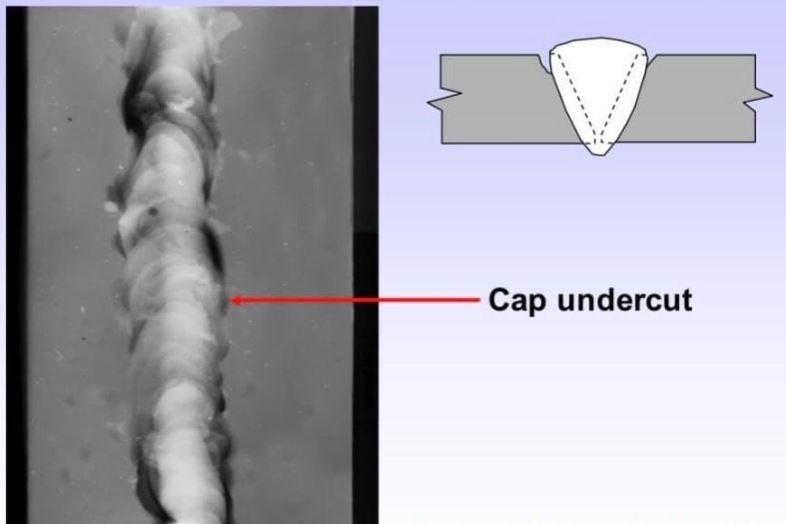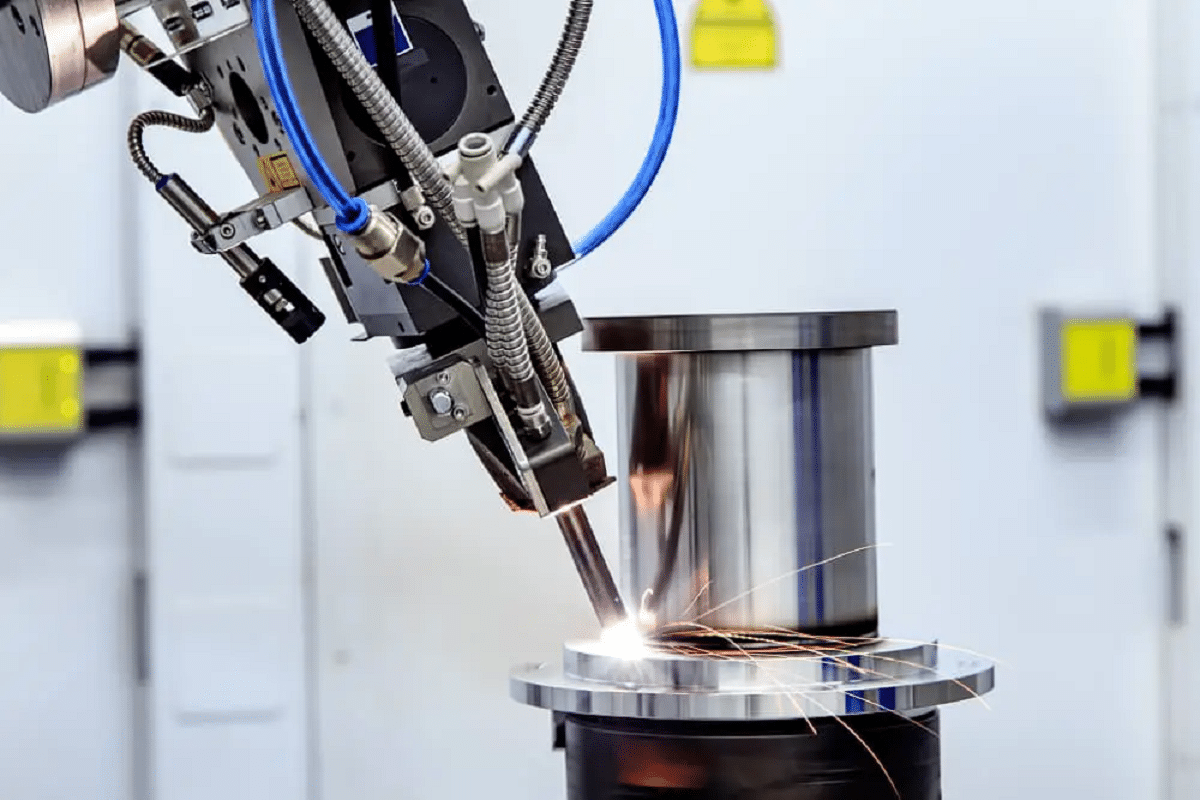Preventing Weld Undercut Demystified: Methods for Success
Preventing Weld Undercut Demystified: Methods for Success
Blog Article
A Comprehensive Overview to Identifying, Preventing, and Repairing Undercut Welding Troubles in Your Welding Jobs
In the realm of welding, coming across undercut concerns is a common difficulty that can compromise the architectural stability and overall high quality of your welding projects. Keep tuned as we check out the necessary components of determining, preventing, and fixing undercut welding troubles, providing you with useful insights and approaches to raise your welding skills to the next level.
Common Root Causes Of Undercut Welding
Undercut welding, a common concern in welding processes, can be brought on by various elements that require to be carefully determined and resolved to ensure the stability of the weld joint. Among the main reasons for undercut welding is extreme warmth input. When the welding parameters, such as voltage, existing, or take a trip speed, are not correctly set, a too much amount of warm can be created. This excess warmth causes the melting and succeeding elimination of the base material along the edges of the weld joint, producing a groove referred to as undercut.
Another common cause of undercut welding is inappropriate welding method. Insufficient adjustment of the welding lantern or weapon, incorrect angle or distance in between the lantern and the work surface, or inconsistent travel speed can all contribute to the development of undercut. Additionally, making use of the wrong welding consumables or electrode dimension for a specific joint setup can lead to undercut issues. Determining these origin and carrying out restorative measures is vital in protecting against and fixing undercut welding issues in welding jobs.
Identifying Undercut in Welds

To identify undercut properly, appropriate lighting and zoom devices are important to check the weld joint thoroughly. Making use of tools such as a welding gauge or a magnifying glass can aid in spotting even the smallest undercut blemishes. Additionally, running a finger or a fingernail along the weld joint can sometimes expose undercut, as the surface area might really feel unequal or have a dip where the undercut exists.
Preventative Measures for Undercut
Having a deep understanding of the causes of undercut in welds permits for the execution of effective precautionary procedures to keep weld high quality and integrity. These settings ought to be optimized to stop excessive heat input, which can lead to damage development.

Techniques for Fixing Undercut

To deal with undercut issues effectively, welders can utilize certain strategies focused on correcting the issue and restoring the honesty of the weld joint. One strategy is to adjust the welding parameters, such as the voltage, present, and travel rate, to guarantee proper heat input and blend. Enhancing the welding current or decreasing the traveling speed can help fill up in the undercut. Additionally, altering the welding method from a push to a drag or vice versa can additionally assist minimize undercut.
Another method is to make use of a weaving activity while welding to make sure appropriate sidewall blend and fill in the undercut. By oscillating the welding arc from side to side within the weld joint, the welder can deposit much more filler material right into the undercut areas, effectively eliminating the problem.
Additionally, grinding out the undercut and rewelding the joint can be a feasible option for more extreme undercut issues - Preventing weld undercut. This procedure includes eliminating the undercut section, preparing the base metal, and after that rewelding the joint with correct welding parameters and techniques to stop undercut from persisting

Professional Tips for Preventing Undercut
Utilizing proper welding methods and preserving control over vital welding criteria are important approaches for welders intending to protect against undercut in their weld joints. One specialist pointer for preventing undercut is to ensure proper joint preparation. This involves cleansing the base steel thoroughly to eliminate any kind of pollutants that could result in damage development. In addition, picking the appropriate welding process and filler steel for the specific application can aid protect against undercut. Welders must additionally pay very close attention to the welding existing and voltage setups, ensuring they are within the advised array to stay clear of getting too hot and prospective undercut. Maintaining a consistent traveling speed during the welding procedure is an additional necessary pointer to avoid undercut. By relocating at a stable speed, welders can make certain appropriate combination and explanation decrease the probability of undercut development. Finally, examining the weld grain after completion can aid recognize any view it now type of indications of undercut early, permitting prompt rehabilitative action to be taken.
Conclusion
In conclusion, recognizing, protecting against, and dealing with undercut welding problems in your welding projects is essential for guaranteeing solid and long lasting welds. Preventing weld undercut. By recognizing the typical causes of undercut, being able to determine it in welds, carrying out safety nets, and using appropriate methods for dealing with undercut, you can avoid prospective issues and produce top notch welds. Following expert pointers for staying clear of undercut can aid you boost your welding abilities and produce better lead to your tasks
Undercut welding, a common concern in welding procedures, can be created by numerous elements that need to be carefully determined and dealt with to make sure the honesty of the weld joint. Additionally, running a finger or a fingernail along the weld joint can occasionally reveal undercut, as the surface area may feel unequal or have a dip where the undercut exists.
Making use of appropriate welding methods and keeping control over crucial welding specifications are essential strategies for welders intending to protect against undercut in their weld joints.In conclusion, identifying, avoiding, and fixing undercut welding problems in your welding projects is weblink important for guaranteeing long lasting and solid welds. By comprehending the typical reasons of undercut, being able to recognize it in welds, implementing precautionary measures, and using correct strategies for dealing with undercut, you can prevent potential issues and produce top quality welds.
Report this page